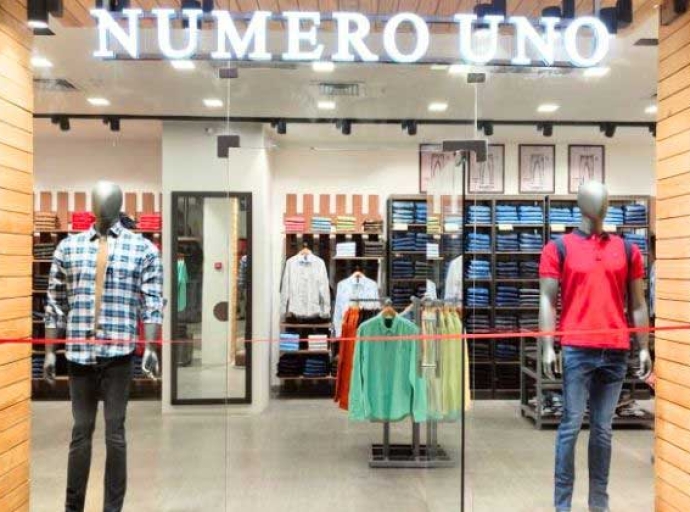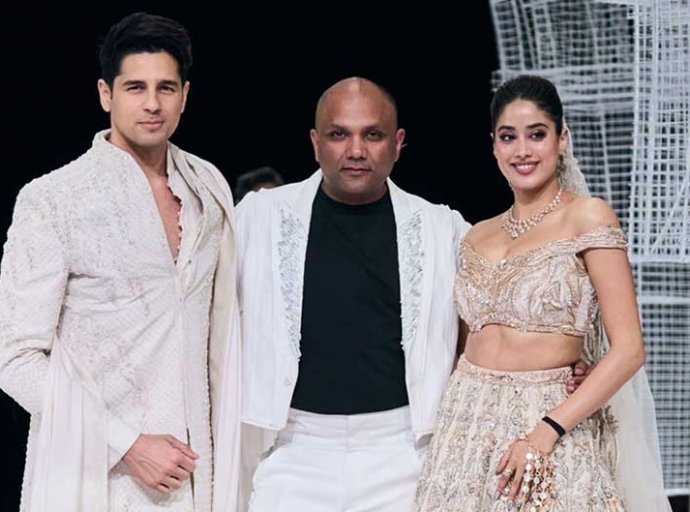Indian fashion retail sector is experiencing a dynamic shift, driven by a growing young population and rising disposable incomes and increasing internet penetration. A recent report by Knight Frank India, ‘Think India Think Retail 2024’, sheds light on this transformation.
A balance between malls vs. high street
The report suggests a growing parity between malls and high streets for fashion apparel. While malls continue to dominate in metros due to a concentration of brands and a premium shopping experience, high streets are gaining traction, particularly in non-metros. Driven by factors like affordability; high streets offer a wider range of rental options, attracting a diverse mix of brands, including budget-friendly ones. Another factor for high streets is convenience, as they cater to local demand, offering a more convenient shopping experience for residents. Low rental is another plus. High-street spaces tend to have lower rents compared to mall space, allowing brands to offer competitive pricing. Moreover, consumers increasingly seek a more curated shopping experience, which high-street stores with a focus on specific brands or aesthetics can cater to.
Organized vs. traditional retail
Indeed, organized retail, with branded stores and large departmental chains, is witnessing significant growth. The report highlights this dominance due to consumers increasingly seeking the assurance and standardized quality offered by organized retailers. Organized stores provide a curated selection of apparel, catering to various styles and budgets. And modern stores offer a more pleasant shopping environment with amenities like trial rooms and well-trained staff. Also organized retail leverages marketing and promotional strategies to attract customers.
However, traditional retail, characterized by family-run stores and neighborhood shops, remains a significant player, especially in smaller towns and cities. Their deep understanding of local preferences and personalized service allow them to compete effectively.
Non-metros show strong growth
While metros continue to be major fashion retail hubs, non-metro cities are witnessing significant growth. This can be attributed to rising disposable income in Tier II, III cities that allow residents to spend more on apparel. Rapid urbanization leads to the development of shopping malls and high-street stores in these regions. And fashion brands are recognizing the potential in non-metro markets and expanding their reach. Non-metros offer a larger market base for retailers to capture compared to saturated metro markets.
Despite this growth, metros continue to be major hubs with its higher consumer base. Metros have a larger pool of potential customers, attracting a wider variety of brands. Their stronger retail infrastructure with established shopping malls and high streets, provide ready platform for retailers.
Luxury vs. premium vs. value, a market for all
The report suggests a growing demand across all segments. While the value segment remains the largest due to its affordability and caters to a vast section of the population. Premium segment is witnessing significant growth, driven by increased brand awareness and a desire for aspirational products. The luxury segment caters to a niche market but is experiencing steady growth due to India's growing affluent class. Consumers are becoming more brand-conscious and willing to invest in premium products.
Women’s wear currently holds the largest market share in fashion retail. This can be attributed to growing numbers in workforce. Their increased participation in the workforce leads to a higher disposable income for this segment. And the ever-changing landscape of women's fashion keeps demand high. Kidswear too is growing driven by parents increasingly willing to spend on quality clothing for their children. And growing brand awareness among young parents is leading to a demand for branded kidswear.
Overall, the Indian fashion retail sector is undergoing a significant transformation. High-street stores, organized retail, non-metro markets, and the premium segment are all showing promising growth. While traditional models and value segments remain important, the future of Indian fashion retail lies in a dynamic and evolving landscape.
Latest Publications


































